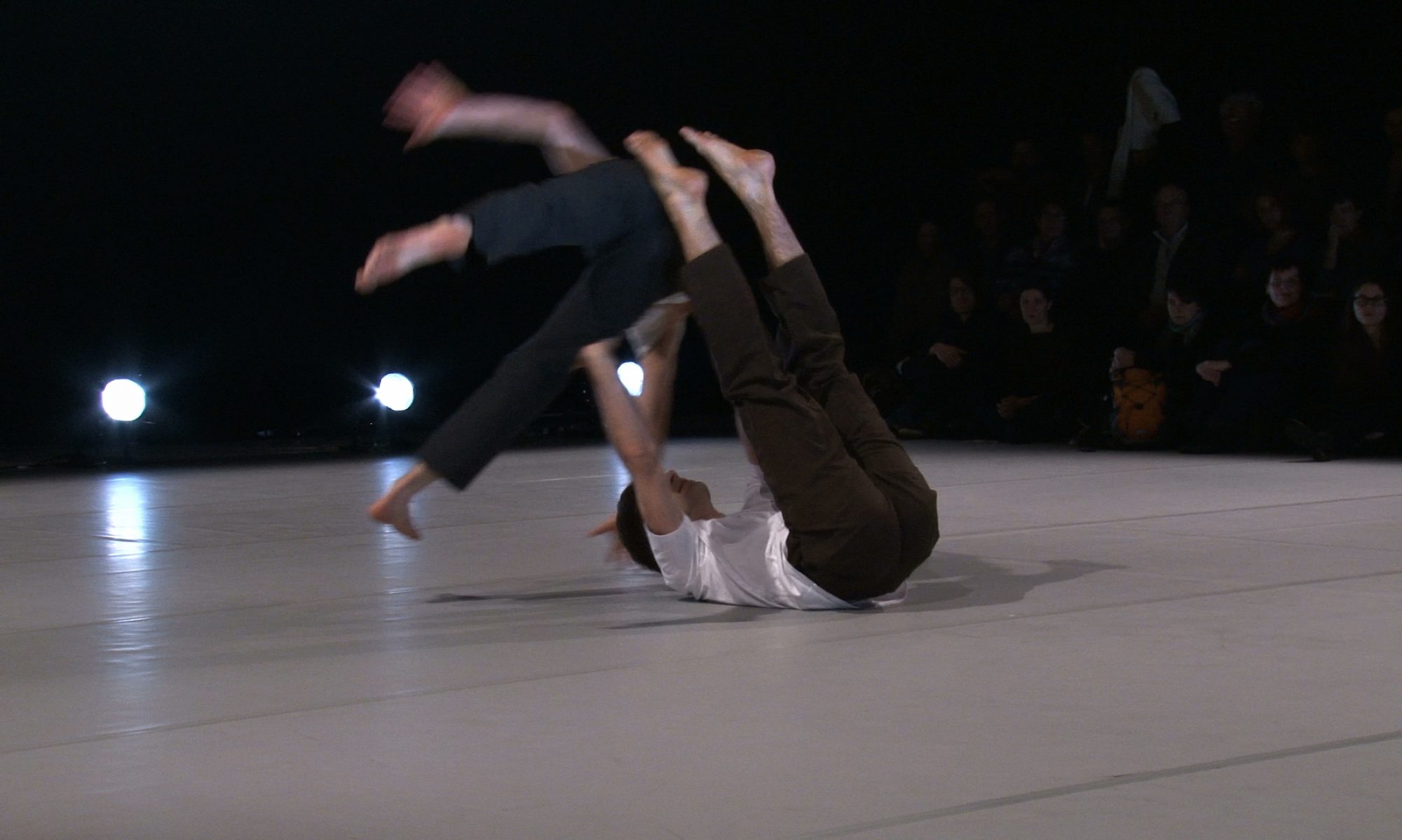Consider the problem that dancer has to solve in the context of complex action planning, say engaging in solo improvised dance/making (SIDM) for 20 minutes within a given stage space. A variety of goals and subgoals – with their concomitant perceptual cues and motor tasks – need to be coordinated in such a way that the distal temporal end-state is reachable via a series of successive previous states, each of which must be ordered in relation to each other in space and time. Moreover, the dancer must be sensitive to changes in the external environment. A problem at a given stage necessitates the re- coordination of an indeterminate number of intermediate stages, which must be adjusted flexibly, accurately, and perhaps quickly, in order to reach the end-state. In addition, unforeseen intervening stimuli must be judged to be relevant or irrelevant, and the correct ordering of spatial and temporal sub-tasks must be maintained despite distracters.
original text
Consider the problem that a control system has to solve in the context of complex action planning, say finding the right type of spaghetti at the supermarket. A variety of goals and subgoals – with their concomitant perceptual cues and motor tasks – need to be coordinated in such a way that the distal temporal end-state is reachable via a series of successive previous states, each of which must be ordered in relation to each other in space and time. Moreover, the system must be sensitive to changes in the external environment. A problem at a given stage necessitates the re- coordination of an indeterminate number of intermediate stages, which must be adjusted flexibly, accurately, and perhaps quickly, in order to reach the end-state. In addition, unforeseen intervening stimuli must be judged to be relevant or irrelevant, and the correct ordering of spatial and temporal sub-tasks must be maintained despite distracters.
from Uithol, Sebo, et al. “Why We May Not Find Intentions in the Brain.” Neuropsychologia, vol. 56, 2014, pp. 129–139.


